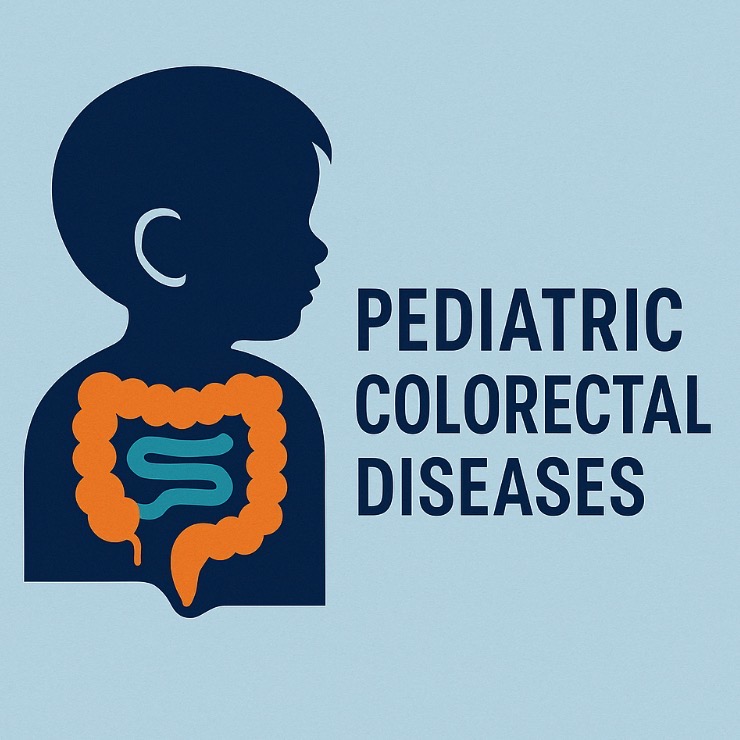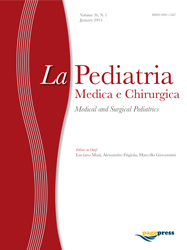Unique challenges in managing pediatric colorectal diseases in under-resourced areas: context-aware adaptive responses from short-term surgical outreach visits

All claims expressed in this article are solely those of the authors and do not necessarily represent those of their affiliated organizations, or those of the publisher, the editors and the reviewers. Any product that may be evaluated in this article or claim that may be made by its manufacturer is not guaranteed or endorsed by the publisher.
Authors
Pediatric Colorectal Diseases (PCRD), mainly Anorectal Malformations (ARM) and Hirschsprung's Disease, are a major issue in Sub-Saharan Africa (SSA). Even with advances in healthcare facilities and global health initiatives, most of children living in low resources SSA lack of specialist pediatric surgical facilities. Improved healthcare access is needed to manage PCRD in these locations, to prevent and reduce missing or delayed diagnosis, early mismanagement by inexperienced health practitioners, and barriers to corrective therapy and long-term follow-up. A retrospective analysis of data from three SSA hospitals shows that international surgical outreach visits helped increase capacity. Along one hundred twentyfour weeks of staggered surgical outreach visits 174 ARM and 64 highly suspected HSCR cases were collected. The study evaluates 152 ARM and 59 HSCR patients who had not been treated before. Those who came after an unsuccessful treatment elsewhere were not included. Management, clinical course, complications and results are reported. Focus is on context-aware adaptive surgery and sustainable solutions to improve outcomes and quality of life for those children, discussing long-term follow-up options and results. The local context has a substantial impact on epidemiology, demographics, and presentation compared to high-resource countries. Intestinal stomas done at a primary health facility level presented at referral to our Hospital with 25% complication rate. Due to social, economical, and transit issues, only 108 ARM and 41 HSCR could finally receive a corrective treatment by the outreach visiting teams. Complications (9.1%) were controlled using adaptive solutions. Only one surgical fatality occurred. A limited proportion of patients (46% ARM, 31% HSCR) attended a regular follow up schedule for one year or more, and finding those lost in wide rural areas was difficult. Successful and comprehensive PCRD management in under-resourced SSA requires better training at the primary health level on early recognition and correct, first surgical approach, together with a referral network to specialist facilities for further treatment. Surgical short-term outreach trips can boost local capability in under-resourced areas. The research of adaptive and sustainable surgical solutions to reduce hospital stay and staged treatments time for PCRD must be emphasised. Nevertheless financial and logistical constraints still challenge post-discharge monitoring and follow-up, which remain crucial for long-term outcome.
How to Cite

This work is licensed under a Creative Commons Attribution-NonCommercial 4.0 International License.






